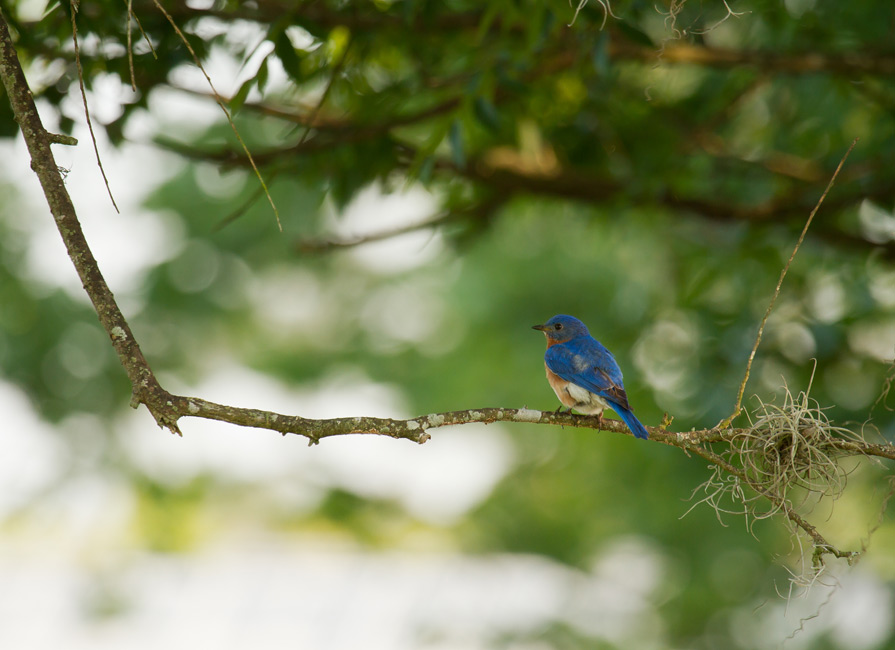It is generally accepted that increasing the amount of organic carbon in soil is beneficial…
USDA Report on “Small” Chicken Operations
One of our colleagues recently passed along this USDA report on the characteristics of small chicken operations in the U.S. In this case, “small” is defined as a farm housing 1,000 to 19,999 birds. If you don’t have time to read the entire report, there is a good summary on The Poultry Site. This report follows two others conducted by the USDA to analyze the United States poultry industry: Layers ’99, which focused on risk factors for Salmonella, and Poultry 2004, which researched bird health and biosecurity in backyard flocks and gamefowl breeders, as well as at live poultry markets. The main subjects studied in this most recent report are biosecurity practices and bird movement on these “small” operations.
Couched in all the charts and graphs are some very interesting findings about the infrastructure of the U.S. poultry industry. It turns out that only 3.2% of small chicken farms with breeder birds are independent (as in, not operating under contract with a vertical integrator like Pilgrim’s Pride or Tyson). This is a very different scenario than the small, diverse backyard flocks of the early part of the century. One figure that may be surprising to those unfamiliar with industrial poultry production is that the average contract broiler house (i.e., chickens raised for meat) contains 18,000 to 20,000 birds. Some have greater than 30,000. Of the contracted chicken farmers surveyed, only 1.9% identified themselves as “free-range” or “pastured.”
To read the other studies mentioned above, visit the USDA’s Animal Health Monitoring & Surveillance page on Poultry.


